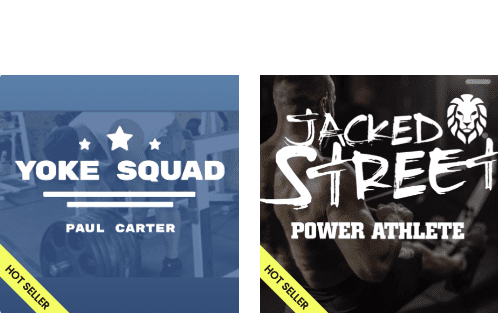Building Better Athletes from the Inside Out: 3 Keys to Youth Sports Psychology
MindsetABOUT THE AUTHOR
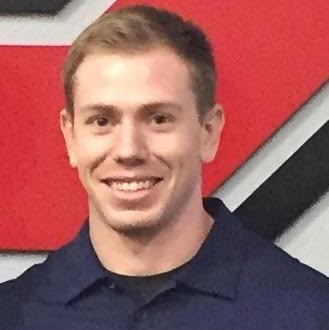
RYAN LEIBREICH
Ryan is the Director of strength and conditioning at Pro Performance RX In Morgantown, West Virginia. Ryan has been working in the private sector with hundreds of youth athletes for the last 5 years. He is always excited to talk training and dig deep into the Why. Never stop learning, growing and adapting. In the great words of Bruce Lee be like water. To connect further with Ryan reach out to [email protected]
The uncharted and volatile territory of sport psychology is an area where one action can motivate some athletes and disengage others. The first two questions on everyone’s mind are:
“Why does psychology even matter to us in the sport performance realm?”
“Can we change it?”
Well, point blank, our thoughts and perceptions have the power to completely change our performances. Sport psychology, as we view it, is multifaceted and constantly adapting and changing. Do we crumble under pressure or thrive and own the moment to victory?
Performance is broken into two key components: the body and the mind.
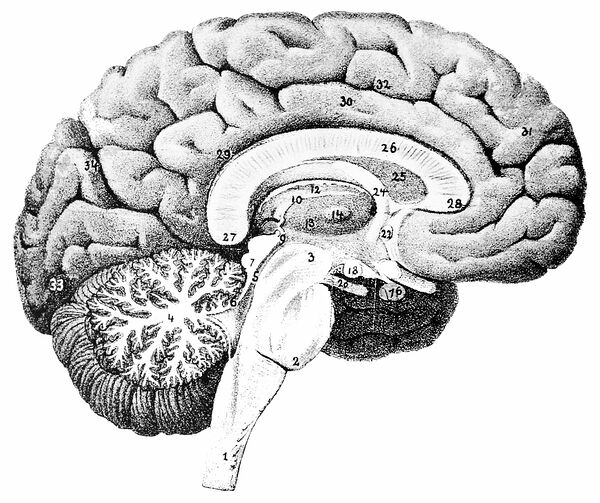
The body is great; we spend years learning the anatomy and physiology in school and typically fall in love with the many fascinating components and intricacies. We learn that with the body, we usually get the same response from the same stimulus. Example: if I want to get stronger, I progressively overload the muscles.
There are universal principles when it comes to exercise physiology. This is great because we, as coaches, get really good at modifying and adapting the physical side. We usually get more than enough experience coaching lifts and programming. Plus, there is a ton of research to prove various methods and their usages.
However, the mind works a lot differently and that is where the challenge and beauty of it lies.
// Sport Psychology: How We View It
Think of it as more undulating than linear. We can swing from logical to emotional in a split second. For instance, I am sure that many are familiar with the fact that a teenager can have huge swings of emotions from day to day. One day it is the greatest day ever, and the next day they don’t want to leave their room and they have no friends.
As we age and mature, we tend to stay more levelheaded and are better able to manage ourselves. Much of this is due to hormones, but with these inconsistencies, how do we train and get the most out of our athletes at all levels and ages every single day? We’ll cover three essential components:
1. Environment
Step one in getting the most out of our athletes is the environment. Environment is both physical and mental. Create an area where athletes:
- Feel safe
- Feel they belong
- Can trust us
This trust allows us to give better constructive criticism. No trust = no critiques = no improvement.
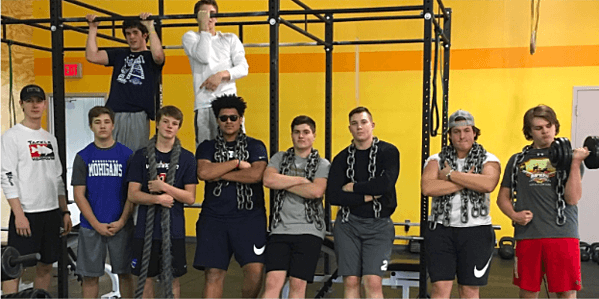
This happens organically as time passes and we are consistent with our communication to our athletes. We create a solid environment for our athletes by being the same person everyday, being there for them, and consistently showing that we care even when they are not reciprocating it. It always helps if we acknowledge from day one that we are not perfect and show the athletes that we are human. We all have faults, that its okay, and in that, we then become relatable.
2. Weekly Programming
Define where you and the team currently are and goals of the week. Make sure everyone is on the same page and your athletes know what you are trying to achieve. I have found that educating athletes as much as possible is one of the best tools in my toolbox. When they understand what you are trying accomplish, you create trust and buy-in, which takes us back to #1: creating a better environment.
We accomplish this by having team and individual player meetings. Having these short meetings gives athletes’ minds and curiousity a chance to know the uncertainties and put their minds at ease.
- Team meetings: What are our goals and standards? We go over what we expect of the athletes and what they expect of us.
- Individual player meetings: I like to think of these meetings as situational task efficiency. We typically cover expectations/habits and specific scenarios from certain plays/lifts to anything in life and how to improve.
Also, make time for one-on-one talks. They do not have to be long, but I can assure you, they are worth the investment. Some of the best improvements I have had with players is the 5 minutes post training session. Be open to discussing specific situations (not just in training, but in life). We want to set the tone so they can improve performance outside of just the typical hour spent with them a couple times a week.
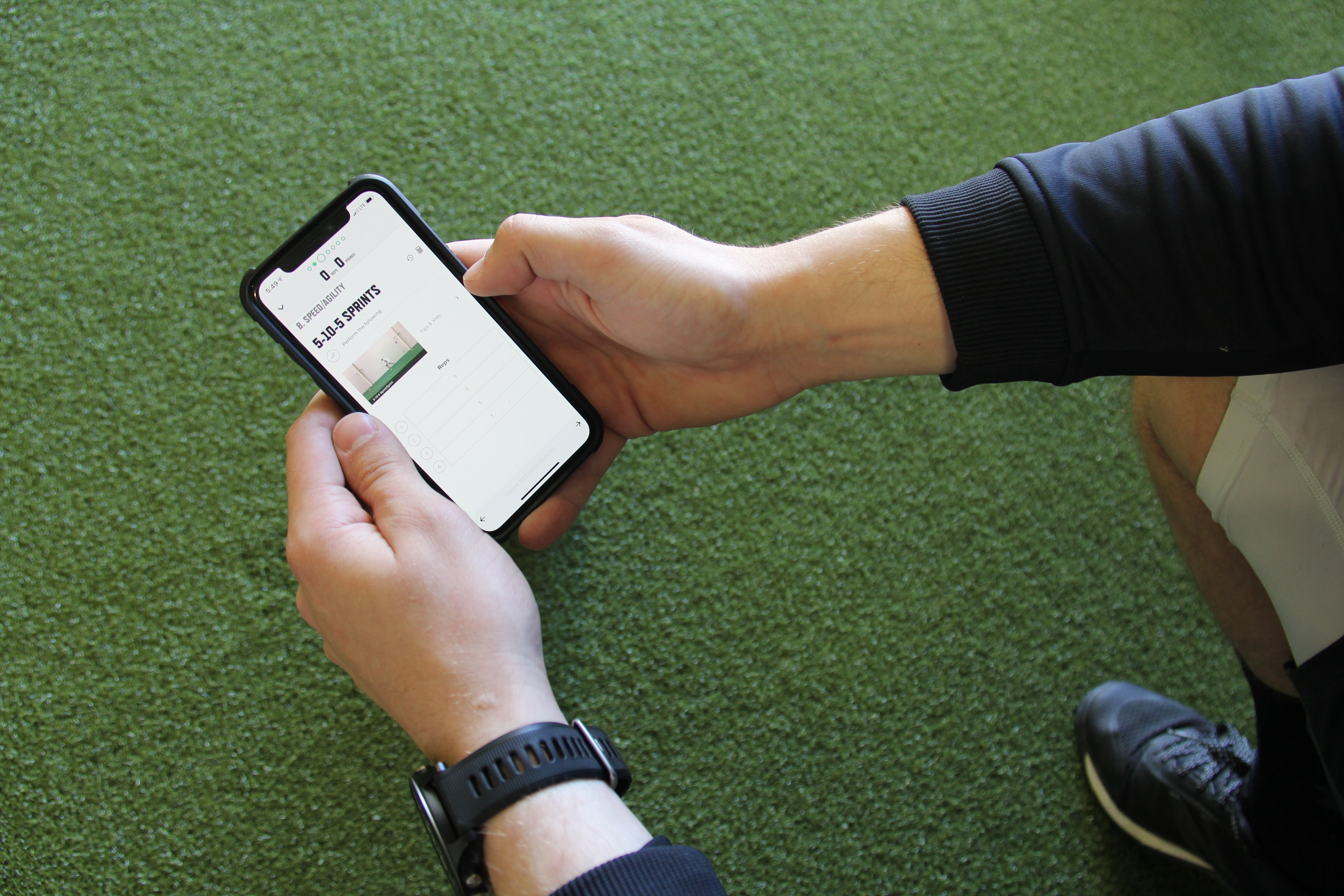
3. Daily Application
We break our daily psychology system down to 3 things. We keep it simple because it can get very complicated.
- Where is the player mentally right now?* Are they in a good mood? Do they have energy? How are things at home? How is their body language?
- How are they typically motivated? Are they loud and like to be in front of crowds? Do they usually sit back and watch everyone else? Extroverted or introverted?
- How do they usually respond to challenges? Do they shut down when things get hard? Do they push through? Do they encourage others?
These three questions can completely change how we interact with the athlete and how we might modify their individual program as part of the whole.
Case in point: A girlfriend of a 15-year-old boy breaks up with him. This usually goes one of two routes. He either has the worst attitude and lifting day of his life or he sets a personal record that day. Things like this can drastically change how someone approaches their day and training. So if we figure this out during his lift that day, we may up his numbers or down them after evaluating how he is responding. We may also throw in something special at the end to help him blow off steam. Sledgehammer tire hits, anyone?
*Learn more on implementing the TrainHeroic athlete readiness surveys here.
The key takeaway is there is no 100% right answer for all situations. Grey is the area we live in now; no more black and white. With that being said, we do need to have a starting point. Environment, weekly programing, and daily application are things that have been proven to work. Some are research based and some are anecdotal, but hey, they still give us a light in the direction to steer the ship.
Stay tuned, as we discuss how to implement these insights into actions in a future post.


Are you a better coach after reading this?
More coaches and athletes than ever are reading the TrainHeroic blog, and it’s our mission to support them with useful training & coaching content. If you found this article useful, please take a moment to share it on social media, engage with the author, and link to this article on your own blog or any forums you post on.
Be Your Best,
TrainHeroic Content Team
HEROIC SOCIAL
HEROIC SOCIAL
TRAINING LAB
Access the latest articles, reviews, and case studies from the top strength and conditioning minds in the TH Training Lab





